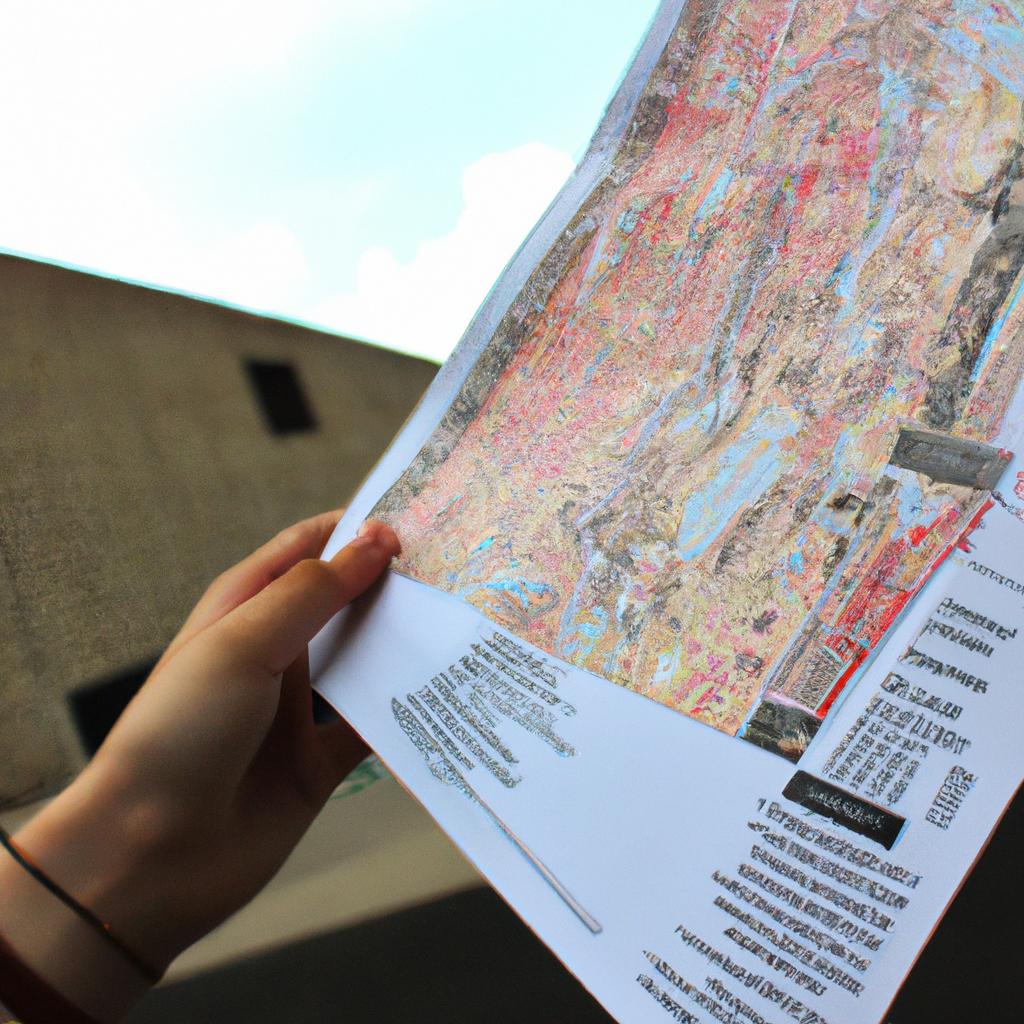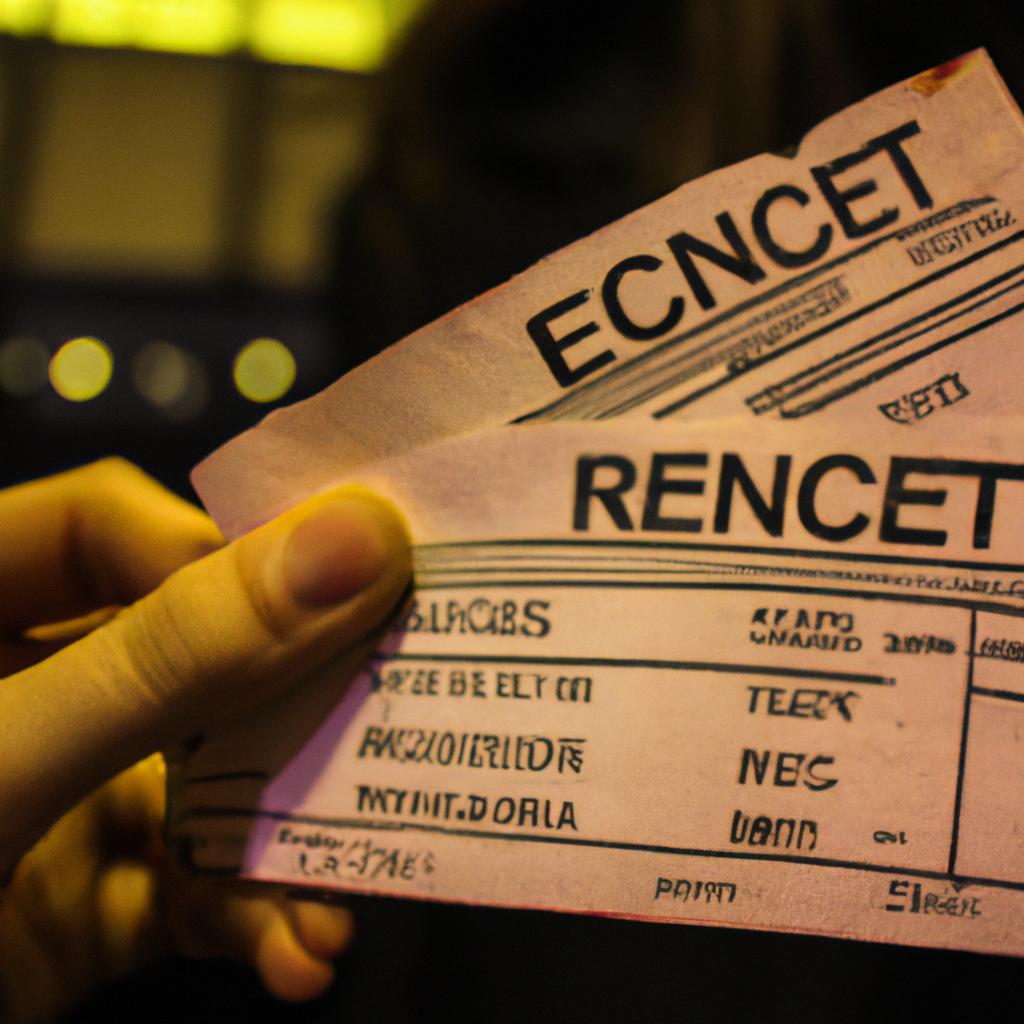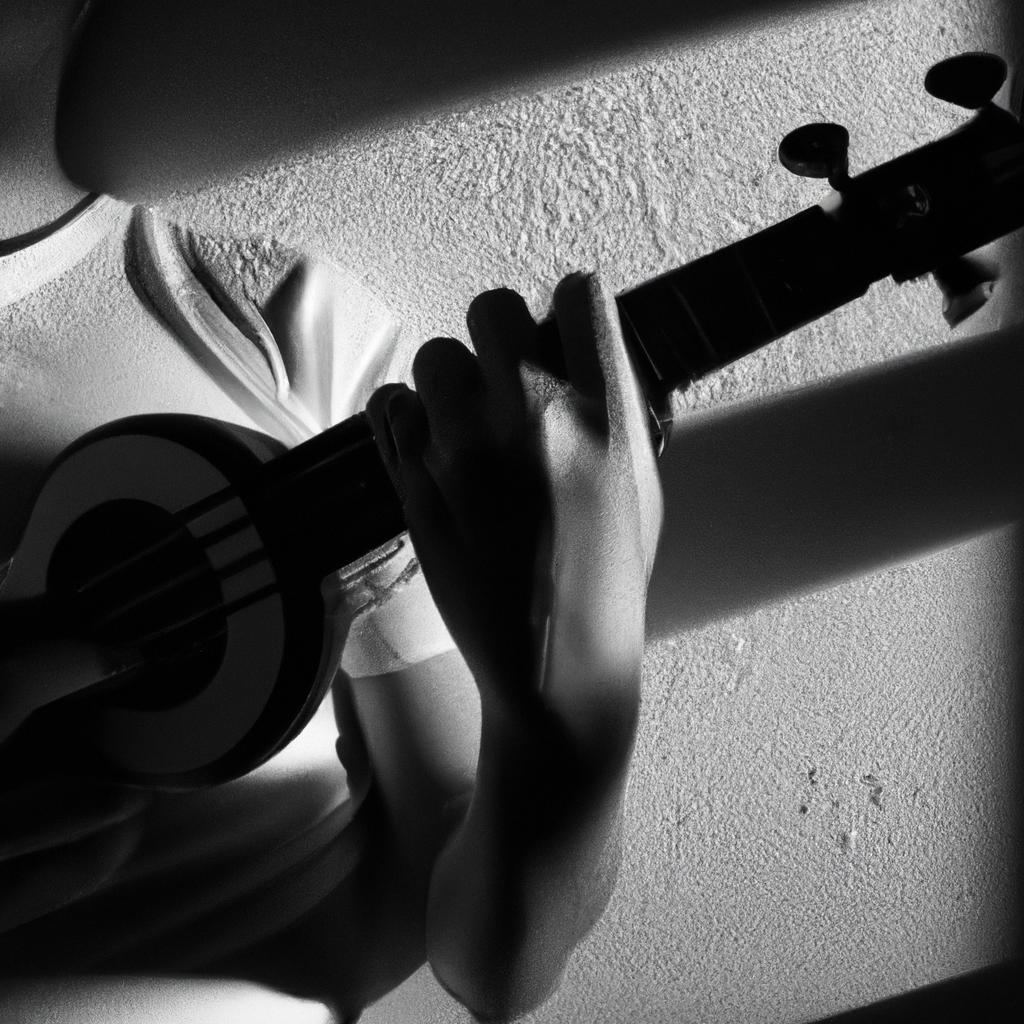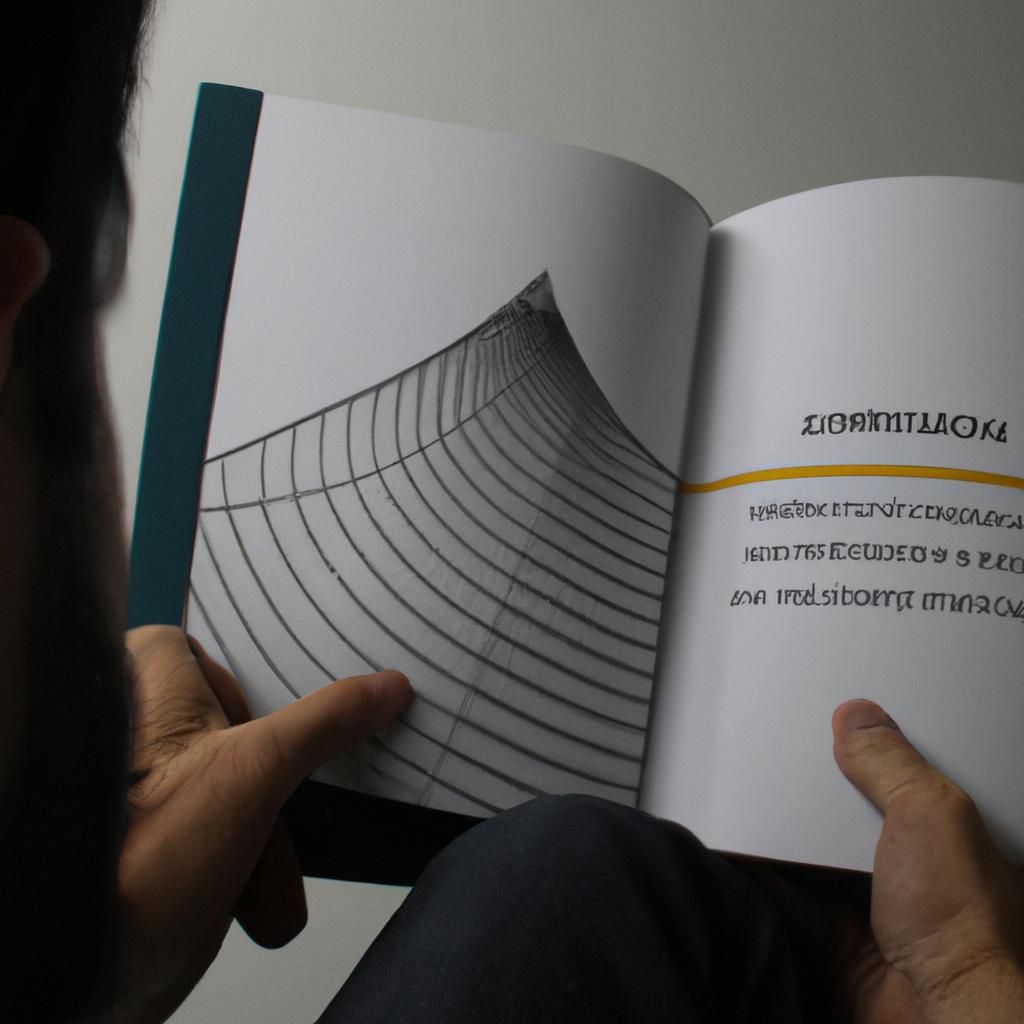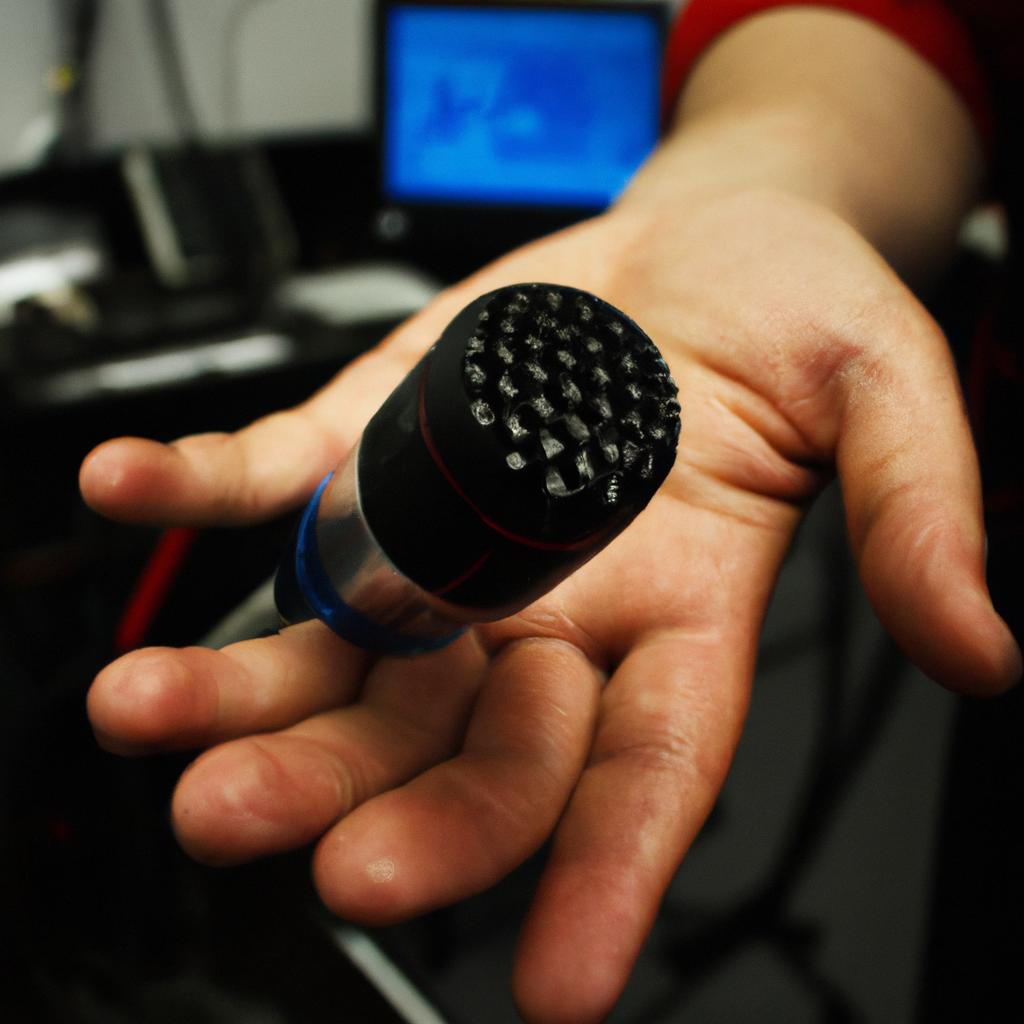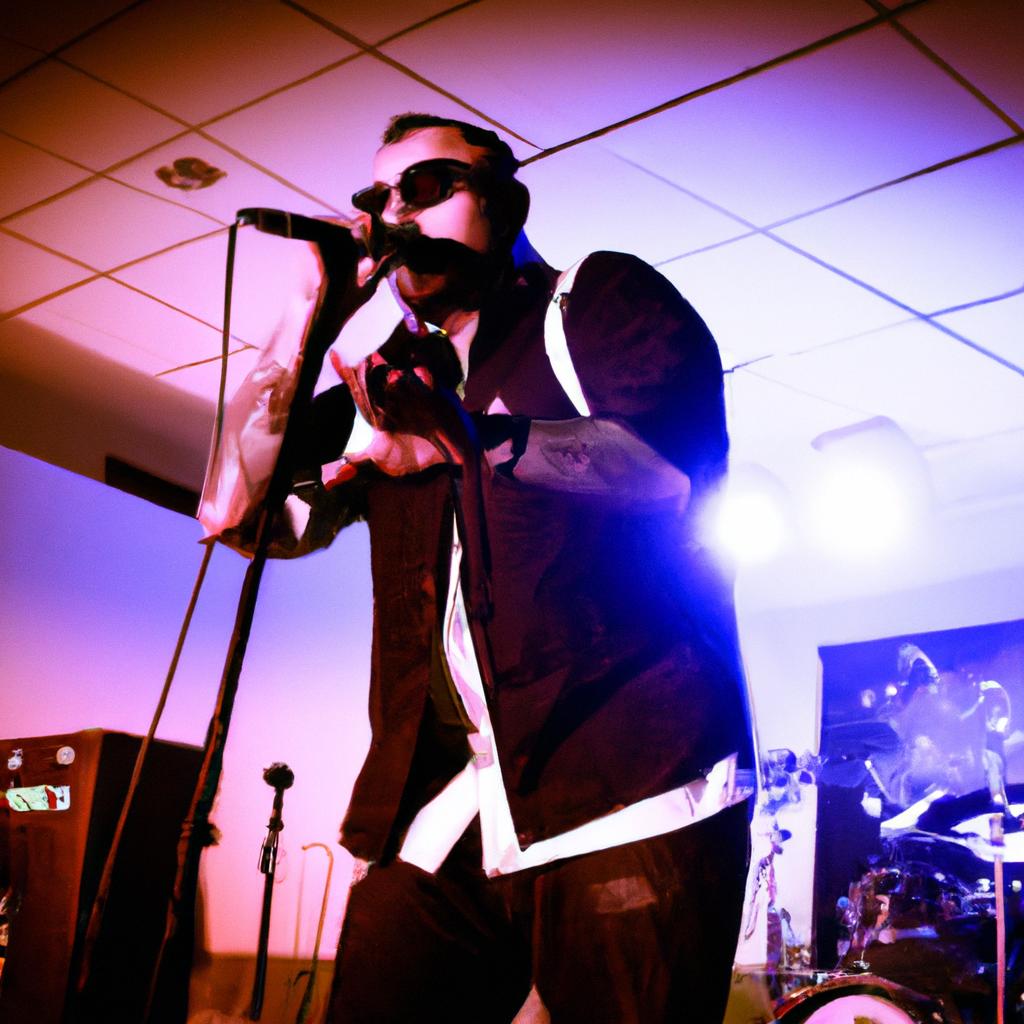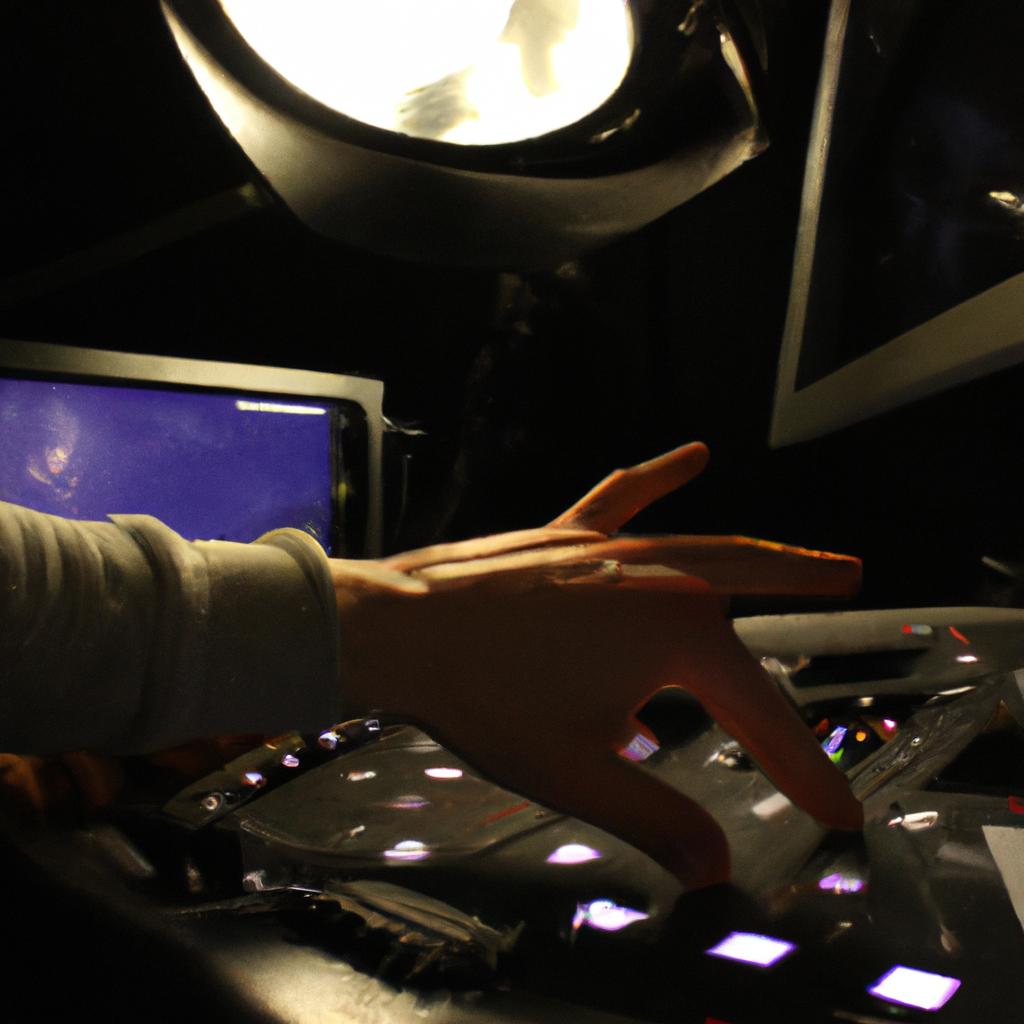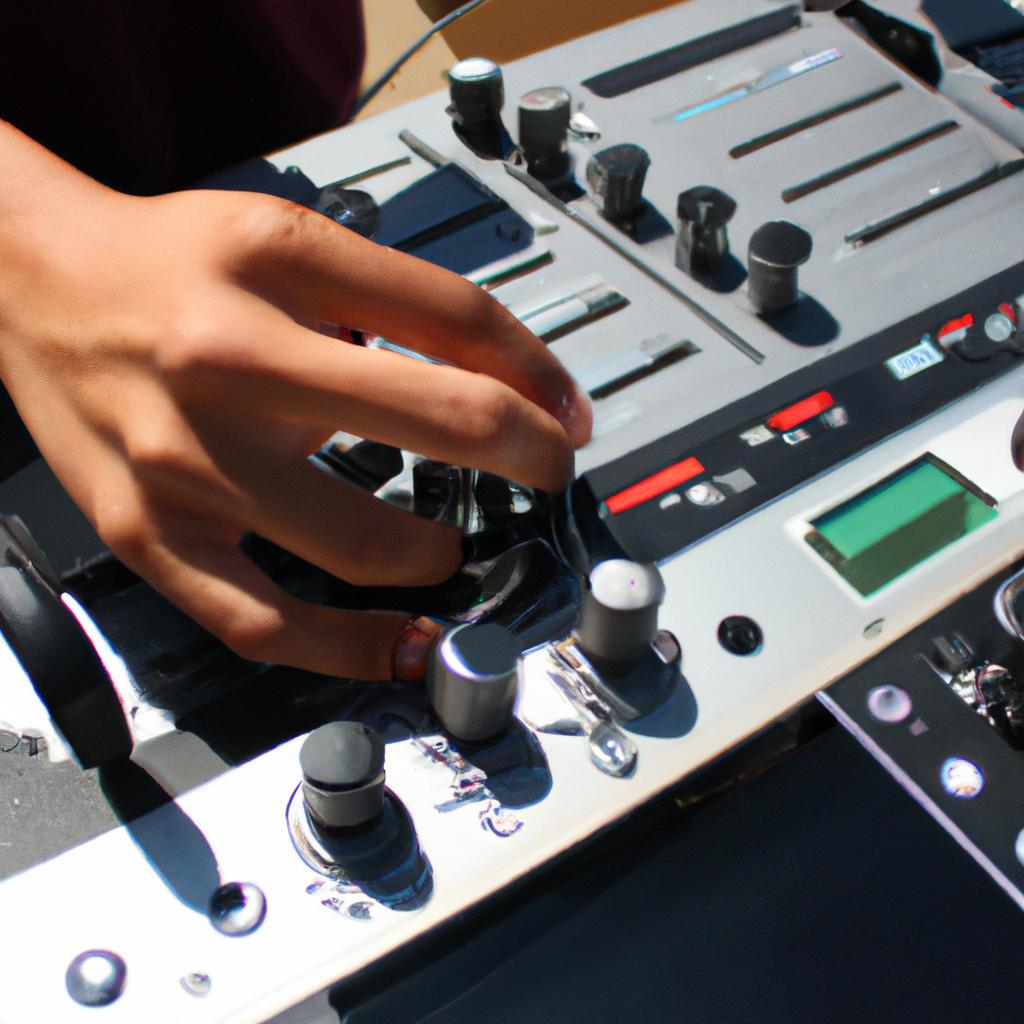Concert venues serve as the beating heart of live music experiences, providing a dynamic space where artists and fans converge to create unforgettable moments. The choice of venue plays a pivotal role in shaping the overall concert experience, influencing factors such as sound quality, atmosphere, and accessibility. In this comprehensive guide, we delve into the intricacies of concert venues to uncover the key elements that contribute to their success.
Imagine attending a highly anticipated rock concert at an iconic stadium renowned for its unparalleled acoustics and expansive seating capacity. The energy reverberates through every corner of the venue as thousands of passionate fans come together to celebrate their shared love for music. This hypothetical scenario exemplifies how concert venues possess unique qualities that enhance or hinder the audience’s connection with performers and each other. By exploring various aspects such as location, architectural design, and technological advancements, this article aims to provide readers with valuable insights into selecting the most suitable concert venue for their musical preferences.
Choosing the Perfect Venue
Imagine you are an avid concert-goer, eagerly awaiting the announcement of your favorite band’s upcoming tour. As tickets go on sale, you find yourself faced with a crucial decision: which venue should you choose to experience this musical extravaganza? Selecting the right concert venue can greatly enhance your overall enjoyment and create lasting memories. To make an informed choice, consider the following factors.
Firstly, location plays a significant role in selecting a concert venue. The accessibility and proximity to transportation options can greatly impact your convenience as well as your overall experience. For instance, let us take the case study of a rock music enthusiast living in downtown New York City who wishes to attend a show by their favorite band at Madison Square Garden. With its central location and excellent public transport connections, attending a concert at this renowned arena would be both hassle-free and convenient.
Secondly, capacity is another important consideration when choosing a concert venue. Different venues accommodate varying numbers of attendees, ranging from intimate settings for small gatherings to large arenas catering to thousands of fans. The size of the crowd can significantly influence the atmosphere and energy experienced during the performance. A smaller venue like Bowery Ballroom may foster a sense of intimacy between artists and fans, while larger stadiums such as Wembley Arena offer grandeur and spectacle on a massive scale.
To further aid in your decision-making process, here are some emotional aspects associated with different types of concert venues:
- Intimate connection: Smaller venues provide an up-close-and-personal experience that allows for greater interaction with performers.
- Sense of community: Local clubs or theaters often cultivate a tight-knit community where fellow music enthusiasts connect over shared interests.
- Unforgettable moments: Iconic venues like Red Rocks Amphitheatre or Sydney Opera House hold cultural significance and contribute to unforgettable experiences.
- Epic spectacles: Large-scale arenas or outdoor festivals generate a sense of excitement and awe as thousands of fans come together to celebrate their shared love for music.
Consider the emotional impact you desire from your concert experience, and let it guide you towards selecting a venue that aligns with your preferences.
In the subsequent section, we will explore various factors to consider when evaluating potential concert venues. By assessing these aspects meticulously, you can ensure an unforgettable musical journey awaits you at the perfect location.
Factors to Consider for Concert Venues
After carefully selecting the perfect venue, there are several crucial factors that concert organizers must consider. These factors can significantly impact the success of a concert and should not be overlooked. To illustrate this, let’s take a look at an example where these factors played a vital role in determining the outcome of a concert.
Imagine a renowned music artist planning an exclusive live performance in a major city. The artist’s team had initially chosen a large stadium as the venue due to its capacity to hold thousands of fans. However, upon further evaluation of important factors, they realized that the stadium might not be the best fit for their event.
One critical factor to consider is acoustics. A venue with poor sound quality can negatively affect the overall experience for both performers and attendees alike. In this case, after conducting thorough research and visiting multiple potential venues, the artist’s team discovered that an intimate theater known for its exceptional acoustics would provide a more immersive and captivating musical experience.
Another factor to bear in mind is location accessibility. It is essential to choose a venue that is easily accessible by public transportation or conveniently located near parking facilities. This ensures that attendees can arrive promptly without facing unnecessary travel inconveniences.
Additionally, considering audience comfort is paramount when selecting a concert venue. Amenities such as comfortable seating arrangements, clean restrooms, and well-ventilated spaces contribute to creating a positive atmosphere for all participants throughout the event.
To summarize, when choosing a concert venue, it is crucial to evaluate various factors such as acoustics, location accessibility, and audience comfort. By taking these considerations into account during the decision-making process, organizers can enhance the overall experience for everyone involved and increase the chances of hosting an unforgettable concert.
Now onto our next section about “Tips for Finding Hidden Gem Venues”, which will shed light on lesser-known yet remarkable venues suitable for concerts.
Tips for Finding Hidden Gem Venues
After considering various factors for concert venues, it is crucial to delve into one of the most important aspects that can make or break a live performance: the sound system. Let’s explore how an exceptional sound system contributes to an unforgettable concert experience.
Imagine attending a rock concert at Venue X with subpar acoustics and inadequate audio equipment. The music lacks depth, clarity, and fails to captivate your senses. On the other hand, picture yourself at Venue Y, where every instrument resonates harmoniously, enveloping you in a symphony of sonic brilliance. Such contrasting scenarios highlight the significance of choosing a venue with top-notch sound systems.
Here are some key elements to consider when evaluating a venue’s sound system:
- Audio Quality: A pristine sound system ensures accurate reproduction of music without distortion or loss of fidelity.
- Speaker Placement: Strategically positioned speakers enhance spatial imaging and create an immersive auditory experience.
- Sound Engineering Expertise: Skilled engineers adeptly adjust levels and optimize sound quality throughout the event.
- Acoustic Treatment: Proper room acoustics minimize echoes and reverberations, providing optimal acoustic conditions for both performers and audience members.
To illustrate further, let’s take a look at how different venues compare in terms of their sound systems:
| Venue | Audio Quality | Speaker Placement | Sound Engineering Expertise | Acoustic Treatment |
|---|---|---|---|---|
| X | Mediocre | Random | Inexperienced | Insufficient |
| Y | Exceptional | Strategic | Proficient | Superb |
As seen in this comparison table, while Venue X falls short in all aspects related to its sound system, Venue Y excels across the board. This demonstrates the impact that investing in high-quality audio equipment can have on creating an extraordinary musical experience.
In the quest for uncovering remarkable concert venues, understanding the importance of a superior sound system is crucial. By considering factors such as audio quality, speaker placement, sound engineering expertise, and acoustic treatment, you can ensure an unforgettable auditory journey for both performers and attendees alike.
Now that we have explored the significance of a venue’s sound system in creating an exceptional concert experience, let’s now turn our attention to exploring different venue styles and their unique characteristics.
Exploring Different Venue Styles
Section: Exploring Different Venue Styles
In the quest for discovering unique concert venues, it is crucial to explore different styles that cater to diverse musical tastes and preferences. By venturing beyond traditional arenas and stadiums, you open yourself up to a world of hidden gems waiting to be uncovered. One such example is the historic warehouse turned music venue in downtown Seattle called The Crocodile. This establishment not only offers an intimate setting for live performances but also boasts a rich history dating back to its opening in 1991.
When delving into the realm of alternative concert venues, several factors come into play that contribute to their appeal and allure. Here are some key aspects to consider when exploring different venue styles:
- Ambiance: Alternative concert venues often possess a distinctive atmosphere that sets them apart from conventional spaces. Whether it’s the rustic charm of an old barn or the industrial vibe of a converted factory, these settings provide an immersive experience that adds depth and character to your concert-going adventure.
- Location: Venturing off the beaten path can lead you to stunning locations tucked away in unexpected corners of cities or towns. From rooftop gardens with breathtaking views to underground tunnels transformed into performance spaces, these unconventional locales offer a sense of discovery and intrigue.
- Community Engagement: Many alternative venues foster close-knit communities centered around music appreciation and support for local artists. These vibrant networks often organize events like open mic nights or artist showcases, providing opportunities for emerging talents while fostering connections among attendees who share common interests.
- Creative Programming: Unlike larger commercial venues bound by corporate constraints, alternative establishments have more freedom when it comes to programming events. This flexibility allows them to curate lineups featuring niche genres, experimental acts, or emerging artists on the brink of breakout success.
| Venue Style | Ambiance | Location | Community Engagement | Creative Programming |
|---|---|---|---|---|
| Warehouse | Industrial vibe, | Urban settings with | Fosters a sense of | Niche genres, |
| rustic charm | accessibility to | community among attendees experimental acts, | ||
| diverse audiences | and artists. emerging talent | |||
| Barn | Rustic allure, | Rural or suburban | Encourages local | Folk music nights, |
| cozy atmosphere | landscapes | participation and acoustic showcases | ||
| Rooftop | Breathtaking views, | Urban areas with | Promotes interaction Open-air concerts, | |
| Garden | open-air ambiance high-rise buildings between performers and DJ sets | |||
| Underground Tunnel-like Hidden spaces in city Curates events that foster Experimental electronic | ||||
| Spaces centers underground music scenes performances, immersive experiences |
Exploring different venue styles not only provides unique concert experiences but also contributes to the overall diversity and vibrancy of the music scene. By considering factors such as ambiance, location, community engagement, and creative programming when selecting venues, you can ensure an enriching journey through various musical landscapes.
Moving forward to understand how these different venue styles impact sound quality and acoustics is essential for optimizing your concert experience. Understanding Venue Acoustics will delve into this crucial aspect without missing a beat.
Understanding Venue Acoustics
When it comes to concert venues, the style and design of each space can greatly impact the overall experience for both performers and audience members. Understanding the different venue styles is essential for event organizers and music enthusiasts alike. Let’s delve into some common types of concert venues and their unique characteristics.
One notable example is the amphitheater-style venue, which combines outdoor beauty with exceptional acoustics. Imagine a picturesque setting nestled among lush greenery, where musicians perform on an open-air stage while attendees relax on grassy slopes or in assigned seating areas. This type of venue offers a serene ambiance that allows concertgoers to connect with nature while enjoying live music. Some popular amphitheaters include the Hollywood Bowl in Los Angeles and Red Rocks Amphitheatre in Colorado.
Another prevalent style is the club venue, often found in urban areas known for vibrant nightlife scenes. These intimate spaces create an up-close-and-personal atmosphere between artists and fans, fostering a sense of connection and energy. Club venues typically host emerging artists or bands from specific genres such as jazz, rock, or electronic music. Examples include The Troubadour in West Hollywood or CBGB in New York City—both renowned for launching countless legendary careers.
To further understand the diversity of concert venues, consider these key features across various styles:
- Seating capacity: From small clubs accommodating only a few dozen people to sprawling stadiums hosting tens of thousands.
- Accessibility: Whether located centrally within a city or situated remotely amidst natural landscapes.
- Architecture: Ranging from historical buildings steeped in cultural significance to modern structures showcasing innovative designs.
- Sound quality: Varying greatly depending on factors like materials used, acoustic treatments applied, and technological advancements implemented.
By exploring different venue styles, one gains insight into how architectural choices affect the overall concert experience—be it through intimacy, grandeur, or immersion in nature’s surroundings. Now that we have examined the physical aspects of concert venues, let’s turn our attention to another crucial element: venue acoustics.
Enhancing the Concert Experience
Section H2: Enhancing the Concert Experience
Transitioning from our exploration of venue acoustics, we now turn our attention to enhancing the concert experience. Imagine attending a live performance where not only is the sound impeccable but also every aspect of the event heightens your enjoyment. From lighting and visuals to stage design and crowd interaction, these elements can truly transform an ordinary concert into an extraordinary one.
To illustrate this point, let’s consider a hypothetical scenario: a renowned rock band performing in a state-of-the-art arena. As you enter the venue, you are immediately captivated by the immersive atmosphere created through carefully curated lighting effects that synchronize with each beat of the music. The stage itself is adorned with impressive visual displays that seamlessly complement the artists’ performance, adding another layer of excitement to their already electrifying show.
Now let’s delve into some key factors that contribute to an enhanced concert experience:
- Dynamic Lighting: Intentional use of different lighting techniques such as spotlights, strobes, and color changes can evoke various emotions throughout the performance. This creates visually captivating moments that enhance both individual songs and overall setlists.
- Interactive Visuals: Incorporating high-quality video projections or LED screens can engage audiences on multiple sensory levels. Stunning visuals synchronized with musical compositions can transport spectators into alternative realms, creating unforgettable experiences.
- Stage Design: Thoughtful stage layouts that allow for optimal visibility from all angles ensure no audience member misses out on any part of the action. Unique stage designs may include extended catwalks allowing performers to interact closely with attendees or elevated platforms providing panoramic views.
- Crowd Interaction: Encouraging active participation from fans generates a sense of unity and shared enthusiasm within the audience. Whether it be sing-alongs, call-and-response segments, or even inviting select individuals on stage for special interactions – these moments forge lasting memories for both performers and attendees alike.
Let us now take a closer look at how these elements can come together in an extraordinary concert experience:
| Element | Description | Emotional Response |
|---|---|---|
| Dynamic Lighting | Expertly orchestrated lighting effects create an immersive environment, amplifying the emotions evoked by the music. | Awe |
| Interactive Visuals | Visually captivating projections or LED screens transport spectators to new dimensions, intensifying their connection to the performance. | Wonder |
| Stage Design | Carefully planned stage layouts ensure optimal visibility for all attendees, fostering a sense of inclusivity and engagement. | Excitement |
| Crowd Interaction | Active involvement of fans fosters a shared energy and creates unforgettable moments that stay with them long after the show ends. | Euphoria |
As we have explored various ways to enhance the concert experience, it becomes evident that attending live performances goes beyond merely listening to music. The incorporation of dynamic lighting, interactive visuals, thoughtful stage design, and crowd interaction adds layers of emotional depth that resonate deeply with audiences. By prioritizing these aspects alongside exceptional acoustics, venues can truly offer concerts that leave lasting impressions on both performers and fans alike.
Through intentional planning and execution, concert organizers have the power to transform ordinary events into extraordinary experiences – ones that linger in our memories for years to come. So next time you attend a live performance, pay attention not only to what you hear but also how every aspect comes together harmoniously to create a truly remarkable event.

